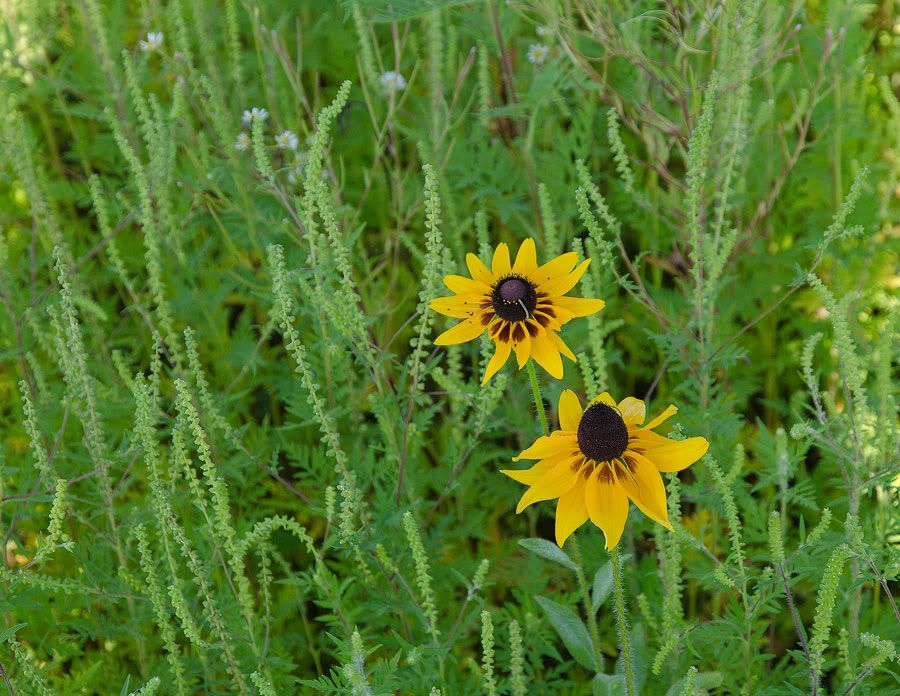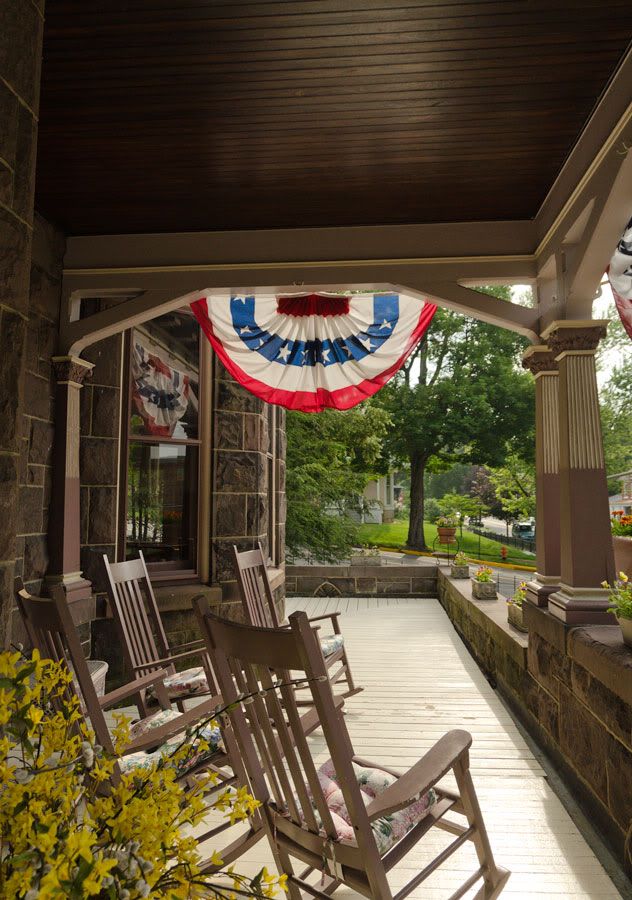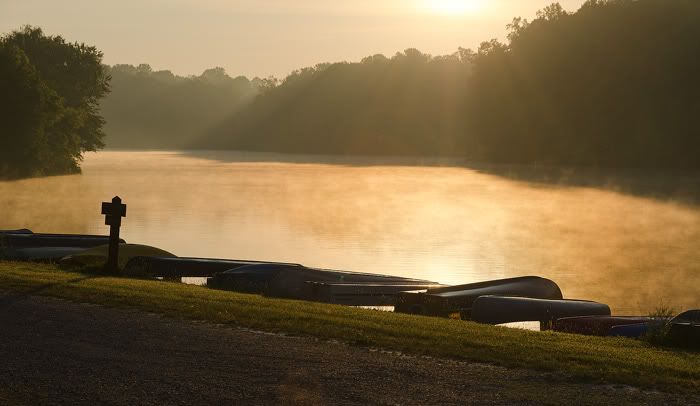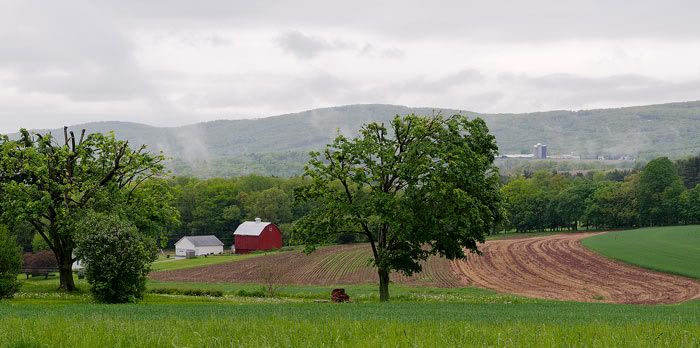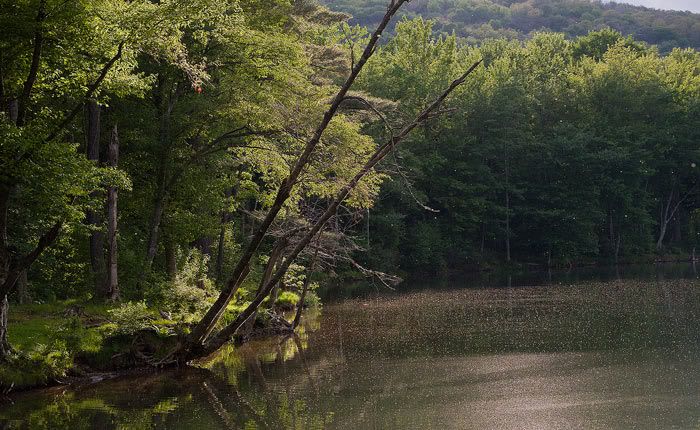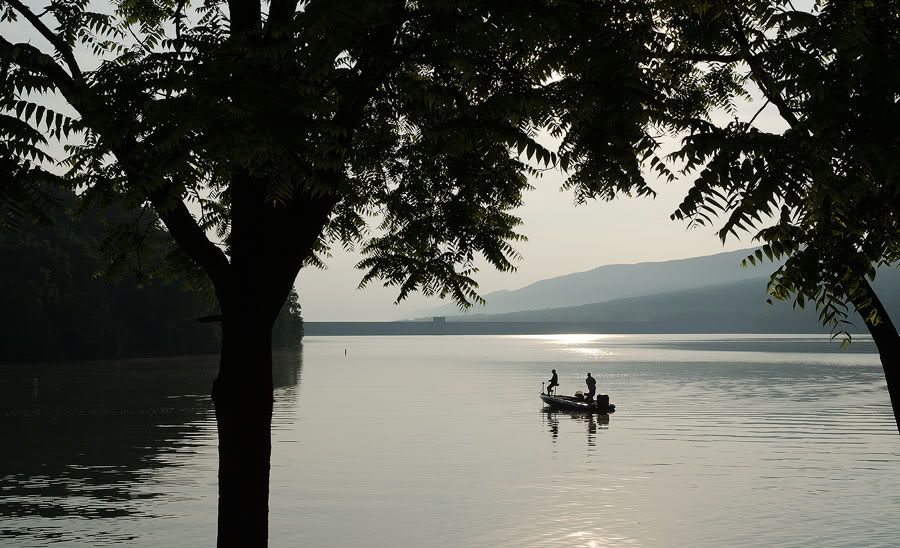
End of the Rally (Panasonic Lumix LX5 at ISO 100)
Last spring, as sometimes happens; I developed an” itch” to
buy some new photo gear.
Now logically I really didn’t need anything new. I
actually could stand to sell something as I have several DSLRs I no longer
really use, and should probably place on EBay (anyone want a lightly used
D2x?). I have most of the lenses I want, and need, and the few I lust for seem
awfully expensive too me in these times of a weak dollar. I looked around the
web scouting for a decently priced used or refurbished D3x, but unfortunately
for me, they seem to be holding their value quite nicely.
So I waited. Because I felt as though that nothing I wanted
that I justify on price.
That’s when my lovely wife Cathy saved the day. She came to
me one evening and mentioned that our 16-year old son, Gus was showing an
interest in video and still photography and wanted to know what camera we might buy him.
Aha, I thought, the answer to my dilemma! I quickly and
generously offered to give Gus my Lumix LX3, which I explained to my wife, is a wonderful camera for a budding photographer/videographer
In truth, I had been eying up the new Olympus ZX1. I have
had a variety of Olympus cameras over the
years, and have had very positive experiences. I went on the B+H site and
ordered one with an extra battery. It was delivered in the usual B+H fashion,
the next day. I was particularly excited about the “Zuiko” branded lens, the
first on any of their compact cameras.

Photo credit: Olympus
I kept it for two days. Now as readers know I shoot a
variety of equipment and am pretty adaptable, but compared to the LX3, the controls of the ZX1 were poorly worked out, and much more “menu driven”. Maybe I never understood the camera, but things like changing the ISO, or bringing up the histogram on the display, seemed infinitely harder on the Olympus.
I packed the camera back up, and obtained a return authorization from B+H, at the same time ordering the upgrade to the LX3 the Panasonic Lumix LX5.
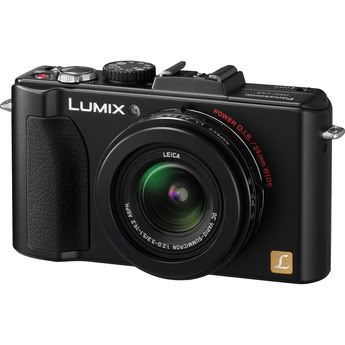
Photo credit: Panasonic
Compared to shooting the Olympus,
working with the LX5 is like falling off a log.
All of the familiar controls are there on the body of the
camera. One thing I really missed one the ZX1 was the switch for the aspect
ratio of the image, which on the Lumix cameras resides on the lens barrel. The
little stubby joystick controller on the LX3 was replaced by a clickable
control wheel on the LX5 making the controls more like the G- series
Panasonics. I do miss the switch on the LX 3 that puts it into picture review
mode; I like this better than the push button on the LX5.
As most of you know, the Leica Summicron–branded lens has
been upgraded in the new camera. It retains the former lens wide end at 24mm
f2.0 but now zooms out to 35 mm equivalent 90mm at f3.3. These are optically
beautiful lenses with out the silly long zoom capabilities that compromise the
optics of other compact cameras.
Some words about accessories. I was hoping that they would
be common for both cameras but to my chagrin found out that battery of the LX5 is new, and that the LX3’s filter adapter doesn’t work on the longer-extending LX5 lens. Oh well.
Then there’s the optional electronic viewfinder. I purchased
one shortly after buying the camera. I initially loved it. To me the LX5s
compatibility with this little gem might justify upgrading to the newer camera
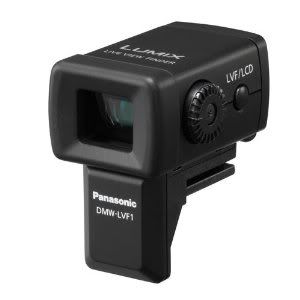
Photo credit: Panasonic
Though not as big and bright as the EVf built in to my GH1, it was
more than adequate and allowed me to shoot with the camera properly braced against my face like one should. It allows you to see all of the camera data,
and particularly for me, the live histogram so useful in small-sensored cameras with limited dynamic range. I loved that it would pivot upwords.
Then one morning, it would no longer focus. I called B+H but
it was beyond their 14 day return period. They suggested I call Panasonic. When
I finally got through to them they were unsure just where I should send the
viewfinder for service. Several hours later they called me and suggested an Elgin, Illinois
repair center. I boxed it up, and sent it off.
Maybe a week later, it arrived back at my door. I unboxed it
and placed on the camera… only to discover that it still wouldn’t focus.
That’s when I found the note in the box stating that the Elgin facility couldn’t help me and that I needed to send
the viewfinder to a facility in Washington State.
Now in the past, I have had pretty good luck with Panasonic service (they fixed pretty quickly, my dysfunctional 45-200mm Lumix lens) but clearly they have a problem here.
Anyway, I’ll send it off again and we’ll see what happens.
On to image quality- In general I do think the LX5 a bit
better than the LX3, particularly at High ISOs. I think it’s even better still,
even in Raw, now that I have downloaded and installed firmware 2.0. Noise and dynamic range are claimed to be improved by Panasonic (maybe the latter because of the former). To me the image quality it’s a modest improvement at best, I
probably wouldn’t upgrade for the imaging improvement alone if I hadn’t given away my LX3.
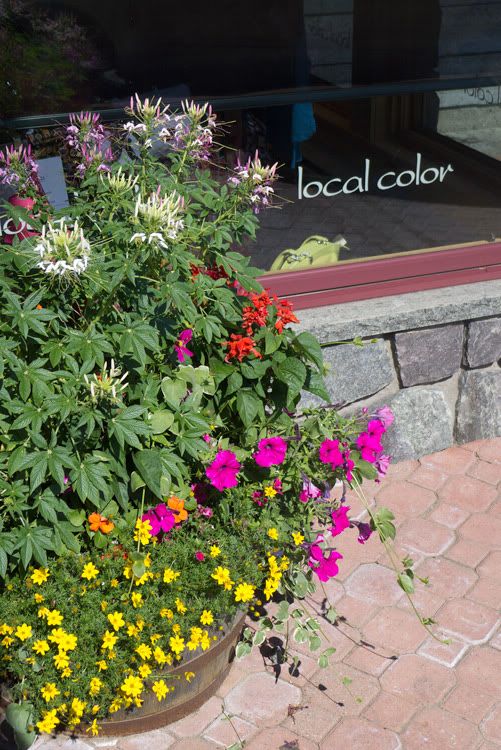
Local Color (Panasonic Lumix LX5 ISO 100)
Oh and by the way, the LX5 has 720p HD video but can now
shoot in the “AVCHD Lite” format as well as Motion Jpg. Firmware 2.0 has brought enhancements to this, particularly in terms of the functionality of the Optical Image Stabilization system with video.
It should be said, that there is no free lunch regarding
small sensors, even if they are as good as the LX5. I just shot a campaign event for a friend using my D700, D7000, and when I tired of carrying around the big stuff, the LX5. I shot raw and for the most part exposed carefully.

Ice Cold Beer ( Panasonic Lumix LX5 ISO100)
Yet on reviewing the images, there is a huge chasm, between the quality of the Nikon
files, and those of the LX5. Viewed at 100% even at ISO 100 there is luminance
noise present. This is typically less visible in prints but still on the
computer the difference is stark.
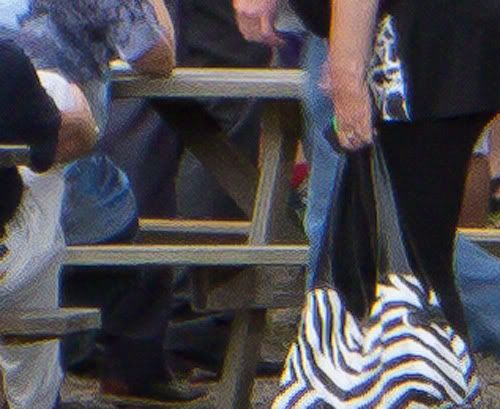
Above at 100%
Nonetheless the Panasonic images will be very useful for my
friend’s campaign website and for modest prints.
I guess I’m just spoiled.
Because of these limitations, the LX5 and its competitors
are not great landscape tools. They are useful for event photography,
particularly if you want to keep a low profile. I will often come to an event with
my LX 5 in one suit coat pocket, and an Olympus FL-36 flash in the other. The
two are completely compatible and allow one to create some very pleasing bounce
flash photography.
Final thoughts: the LX5 is a fine upgrade of the LX 3 and is
a very useful enthusiast’s compact camera. Its image quality is somewhat
limited like all cameras of its type but nonetheless it can create nice images
in settings that other small cameras would flounder. The design and control
features make it a joy to use and quick to learn.
If you task it appropriately, and shoot it well, you will be
very pleased with the results.

